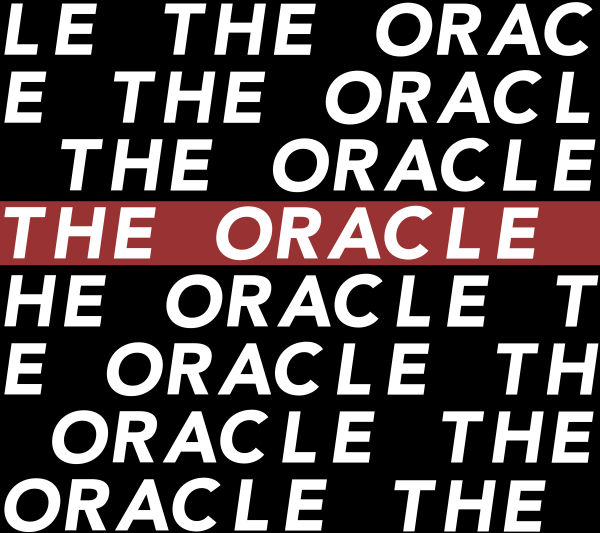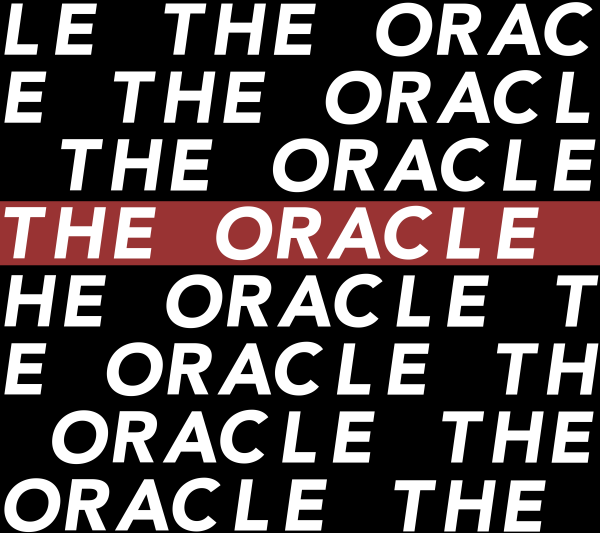The beast that waits at our door
No longer can we ignore hate’s incontrovertible presence.
October 11, 2017
Campus is alive with discourse. Student groups focus in on social justice issues, using their resources to educate and improve the world in important ways. Individuals from a wide range of backgrounds find each other and engage in impassioned but respectful dialogue about what matters most to them. Here, we are secure in the knowledge that, though there may be those with whom we disagree, we will almost always be met with open ears and open minds. But what about elsewhere?
Hamline, like most small colleges around the world, perfectly fulfills the definition of microcosm. Much of what happens here does not have significant effect beyond campus lines. In much the same way, it can be all too easy to ignore the state of things outside our own day-to-day experience. It would be foolish to assume that the world at large is anything like Hamline. Graduates will find that there are, as on campus, those with perspectives apart from their own. However, outside of this idealistic, supportive half-square-mile, many ideologies take a more extreme – even harmful – form.
Everyone is entitled to their opinion, but is that always the best policy? There are those whose views are simply regressive; they dismiss entire groups of people as abnormal or even subhuman on the basis of socioeconomic status, race, ethnicity, gender identity, sexuality or religion. In short, hate exists. It manifests itself in White Nationalist groups and sects such as the Westboro Baptists, but it can also be found in neighborhoods across America – individuals and groups who vehemently retain the antiquated belief that some people are more human than others. How equipped are Hamline students to confront this?
We cannot apply the same aggression and rage to the discussion as they do; that would only strengthen their resolve, cause them to double down on whatever warped ideology they are defending. Nor can we acquiesce to their perspective, take the path of least resistance and say nothing at all – ignoring a problem, after all, is contributing to it.
So, in those cases when we are forced to face this ugly truth, how should our approach change? First, we should not assume ‘best intentions’, for it is the intent of many to do great harm. Second, we must state our own case clearly and remain resilient, calm, that our voices may not descend into the same stubborn fury as theirs. Third, we must understand what drives hate: pain, loneliness, a feeling of disenfranchisement – however illegitimate this may seem. Stooping to their level, with name-calling and personal vilification, would only bolster their faith in whatever corrupted beliefs serve as their sole anchor to a feeling of belonging.
We must be steadfast and forthright, therefore, but strive always to take the high road. It is easy to attack people whose views are so intolerant, and even easier to ignore that such convictions exist, but neither of these will have any effect on hateful prejudice. Hold fast, then, to your own beliefs, and hope that no one might be so enamored of their own hate that they might not learn, in time, to love.





